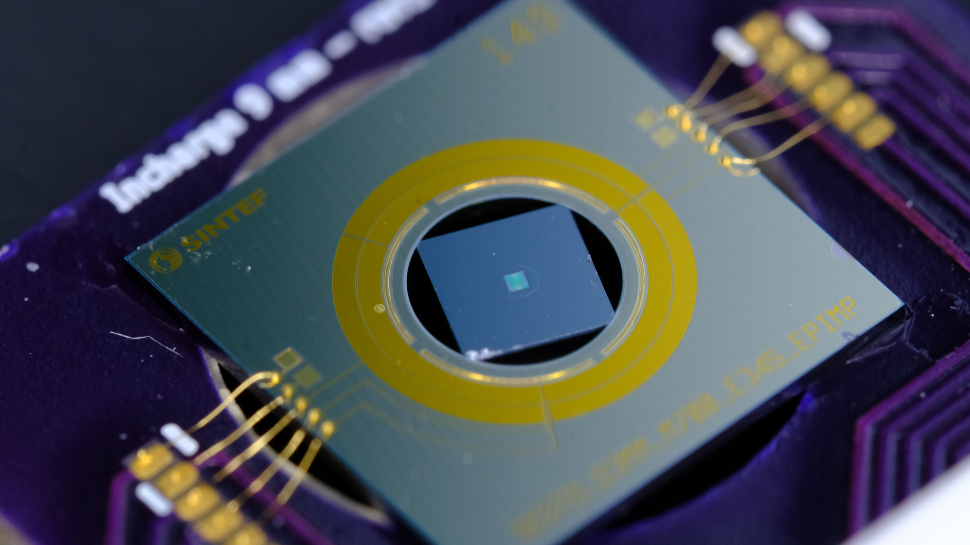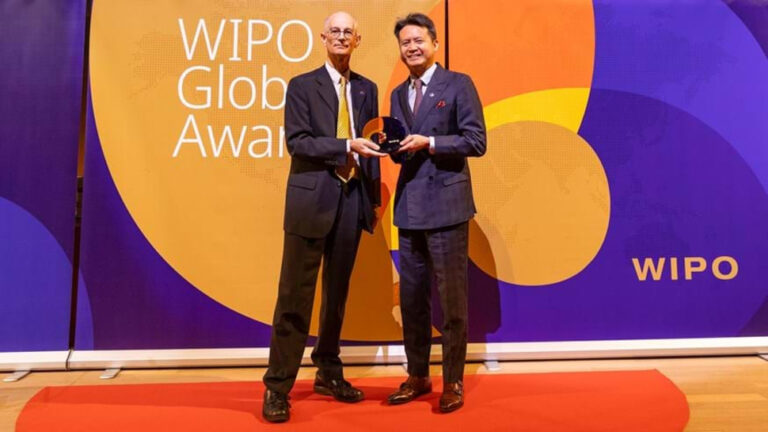Recent advancements in light-based technologies and artificial intelligence (AI) are transforming medical diagnostics, enabling faster, more accurate, and less invasive disease detection. Beyond traditional imaging, the interaction of light with biological tissues, such as its polarization properties, can reveal subtle changes that signify disease. The MetaHiLight project harnesses this potential by combining Micro-Electro-Mechanical-Systems (MEMS), nanotechnology, metamaterials, and AI to create a compact and automated digital histopathology diagnostic tool. This innovation aims to overcome the limitations of bulky, expensive systems and reduce the need for manual analysis by medical experts, making high-precision diagnostics more accessible.
This project emerged as the continuation of the SmartOpsy and 3D-Meta projects from ATTRACT phase 1. In SmartOpsy researchers developed a proof of concept for a radically new non-invasive optical imaging technology. This innovation aimed to transform diagnostic practices and advance the study of tissue diseases and tissue biopsies, paving the way for a new era in medical imaging and diagnostics.
Meanwhile, in phase 2, MetaHiLight harnesses the miniaturization enabled in the 3D-Meta project through the development of an adaptive optical metamaterial waveplate for ultra-fast light polarization control. Additionally, the development of a miniaturized polarimeter integrated with detector arrays for rapid analysis is targeted. These innovations are complemented by machine learning algorithms capable of analysing tissue polarization changes to identify markers for diseases like cancer or Alzheimer’s. The goal is to translate these technologies into a portable, real-time diagnostic system that can function in several medical settings with minimal training.
It is worth mentioning that the broader technological ecosystem supporting MetaHiLight is also undergoing rapid growth. According to a recent report from Yole, a company specializing in market analysis and technology evaluation, the market for optical metasurfaces, which form a key component of MetaHiLight’s technology, is rapidly expanding. Valued at $62 million in 2023, it is projected to grow to $1.925 billion by 2029, driven by advances in display and imaging technologies. These developments are critical to projects like this, where compact, cost-effective, and high-performance optical solutions are essential for real-world applications.
“Optical metasurfaces are intentionally designed arrays of nanostructures that offer unprecedented control of light. Combining them with mechanical MEMS actuators provides a strong platform for adaptive light manipulation. We will harness the possibilities of this platform towards medical diagnosis where the invisible properties of light can provide more information for the benefit of rapid and accurate diagnosis”, explained Christopher Dirdal, Research manager at SINTEF and coordinator of MetaHiLight.
Progress and key milestones achieved
Throughout 2024, the research team actively participated in different events, fostering connections with industry professionals and engaging with experts interested in collaborating on the project. These events provided valuable opportunities to exchange insights, gain feedback, and explore potential partnerships to advance the project further.
For example, the team attended the SPIE Photonics Europe 2024 conference in Strasbourg, France, where they showcased their technology through live demonstrations at the conference’s Innovation Village and ended up winning the 2nd place prize for the “Best Innovation by a multilateral project, organization, or company”. This event received over 100 participating companies and provided them with visibility and opportunities to engage with a diverse audience of industry leaders and innovators.
In addition, the consortium behind the MetaHiLight project has earned prestigious recognition by securing funding under the European Innovation Council (EIC) Pathfinder Open 2024 program. Selected from a highly competitive pool of 1,100 eligible applications, the MetaHiLight consortium was one of only 45 projects chosen to receive funding for this 36-month initiative. For this new milestone, the research team has included two more institutions in the consortium: NIL Technologies, specializing in metasurface optics, and Pahnke Lab, from the University of Oslo, specialising in pathology. The continuation project which began 1st of February 2025 and is titled OPTIPATH – Adaptive Optical Metasurfaces for Real-Time, Label-Free and Non-Destructive 7D Digital Pathology.
MetaHiLight main applications
This project focuses on improving cancer diagnostics by using the invisible properties of light combined with AI by making this accessible to hospitals, clinics and resource-limited environments.
MetaHiLight is coordinated by SINTEF, a research institute with expertise within technology, natural sciences and social sciences, in collaboration with Oulu University from Finland and the University of Southern Denmark.
Here you can watch a video of the MetaHiLight project:
For additional information about the program, visit here.


